
Married people live longer, are healthier, and are less likely to be depressed, according to several studies. A major reason is social support: husbands and wives are likely to encourage each other to engage in healthier behaviors and and provide emotional and practical support when needed.
At the same time, the independence of single life is for many people highly desirable. And not all people are desperately trying to get married. In fact, tying the knot is in decline. Marriage rates among young adults are falling. About 36% of adults under 65 today have never been married, compared to 26% in 1990, according to the Institute for Family Studies.
And while it’s true that divorce rates nowadays are also declining, people who walk down the aisle stay married for shorter periods of time because they get married later in life.
As of 2017, the latest year for which data is available, nearly half of Americans over the age of 15, or about 130 million, were single, according to the U.S. Census Bureau.
24/7 Wall St. reviewed the proportion of the adult population who is single in all U.S. metro areas, the concentration of restaurants and bars, and income levels to determine the best cities for singles. More than half of the adult population in 20 of the 25 cities on the following list is single. Most of the cities offer more than the national average number or places for social interaction per capita. And in half of the cities, the annual personal income exceeds the national average.
Click here to see America’s best cities for singles.
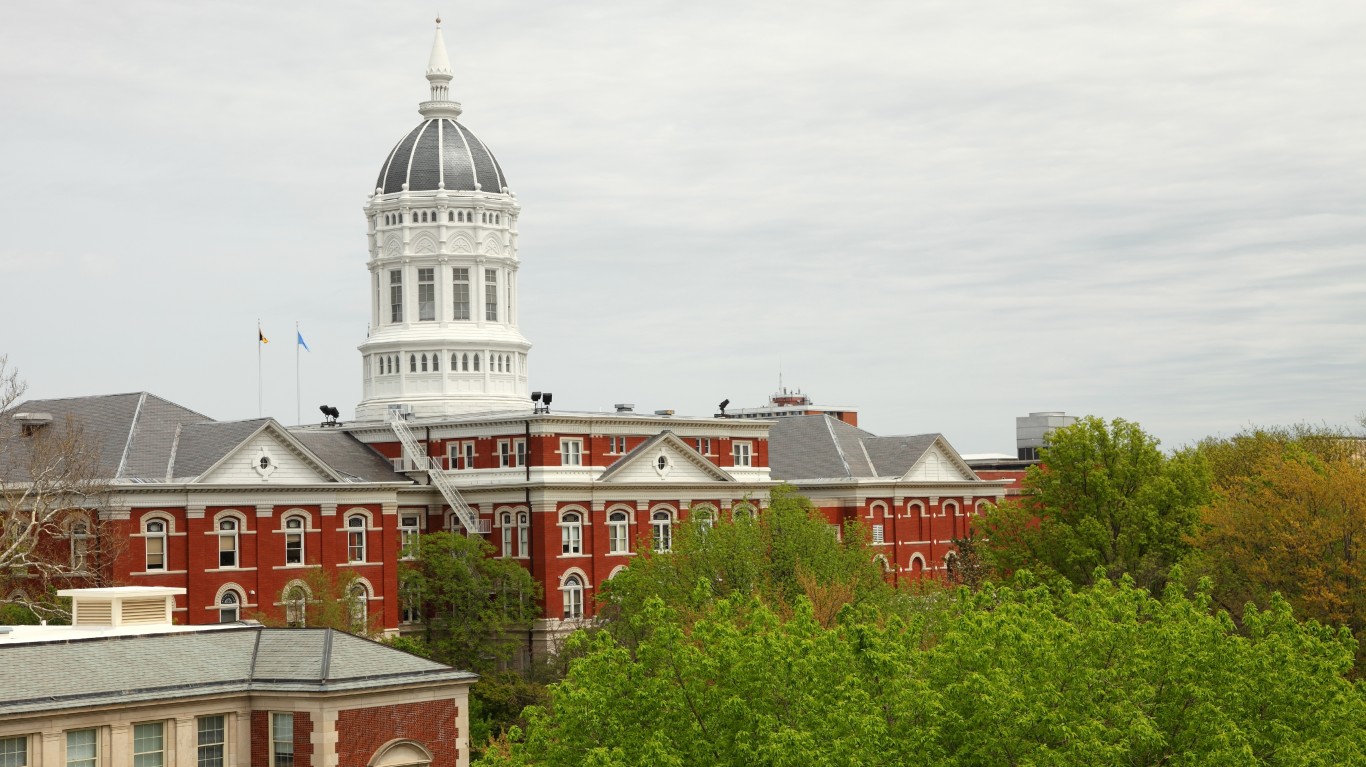
25. Columbia, Missouri
> Single population: 55.3%
> Total 15+ population: 144,538
> Annual personal income: $46,252
> Cost of living: 8.6% less than the national average
[in-text-ad]
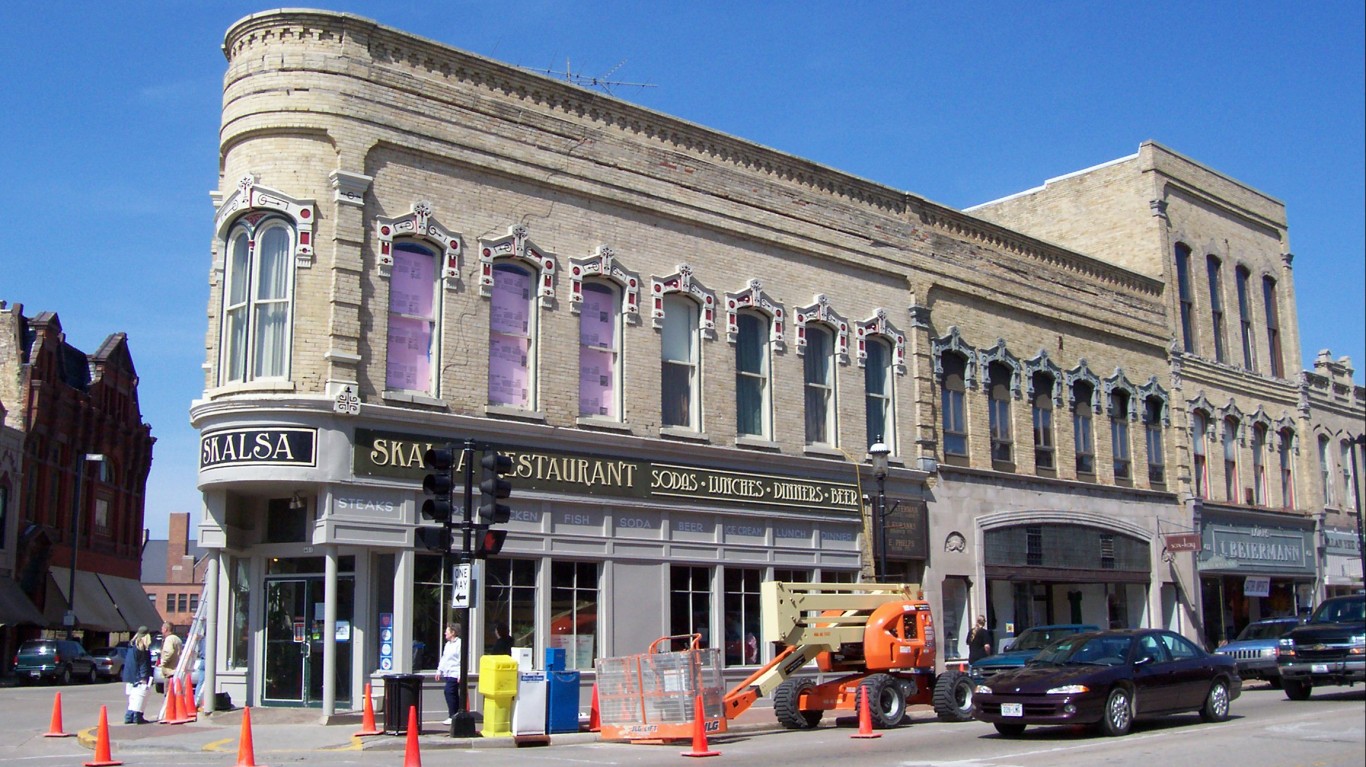
24. Oshkosh-Neenah, Wisconsin
> Single population: 50.8%
> Total 15+ population: 140,198
> Annual personal income: $47,212
> Cost of living: 8.9% less than the national average

23. Missoula, Montana
> Single population: 53.6%
> Total 15+ population: 95,761
> Annual personal income: $45,400
> Cost of living: 4.2% less than the national average
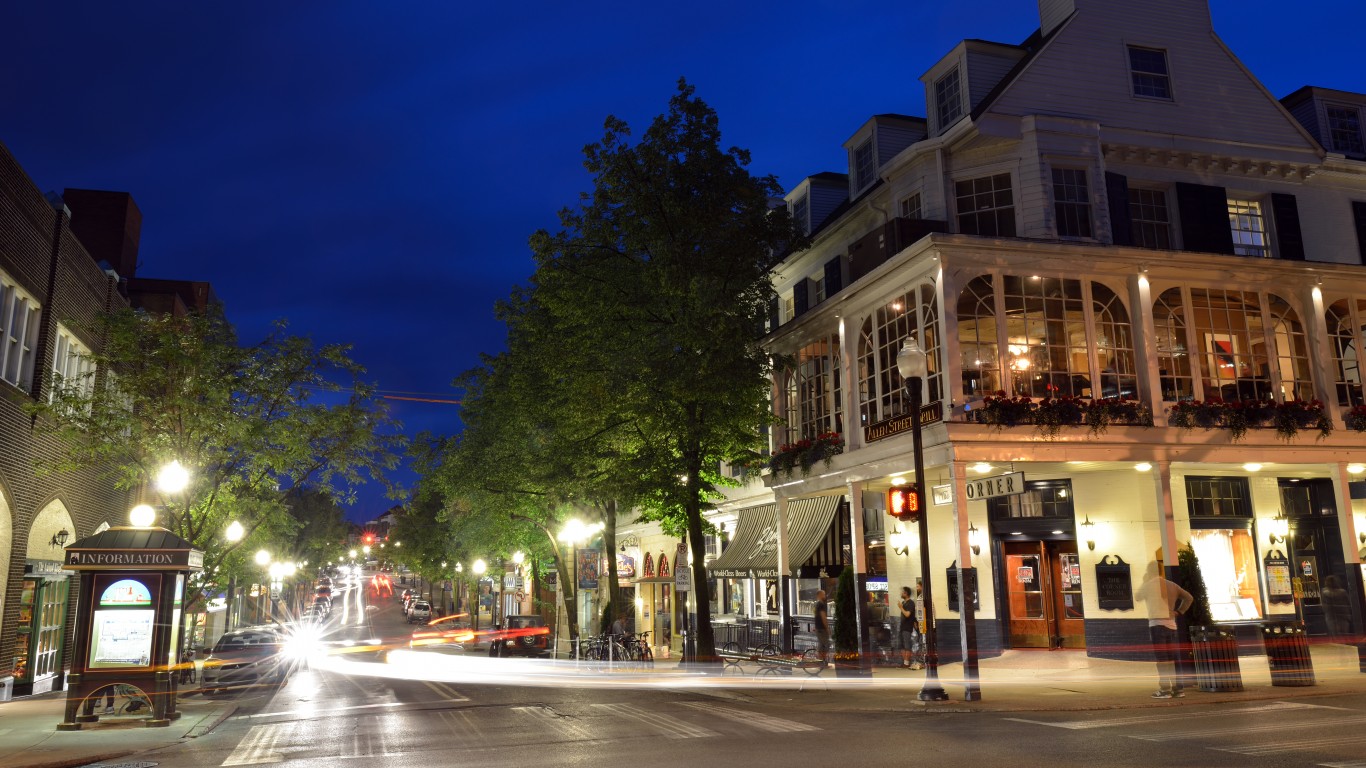
22. State College, Pennsylvania
> Single population: 57.6%
> Total 15+ population: 140,441
> Annual personal income: $39,649
> Cost of living: 2.8% greater than the national average
[in-text-ad-2]
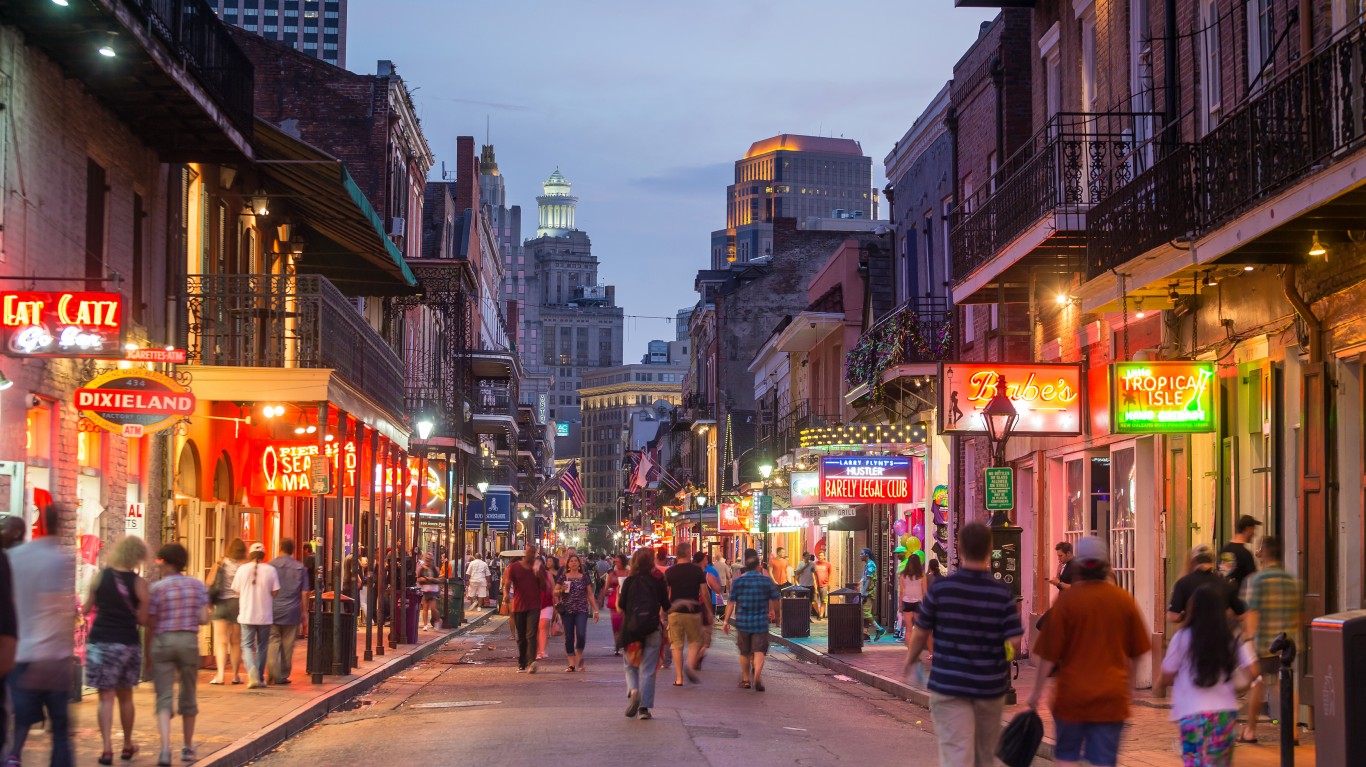
21. New Orleans-Metairie, Louisiana
> Single population: 56.1%
> Total 15+ population: 1,024,243
> Annual personal income: $48,618
> Cost of living: 4.8% less than the national average
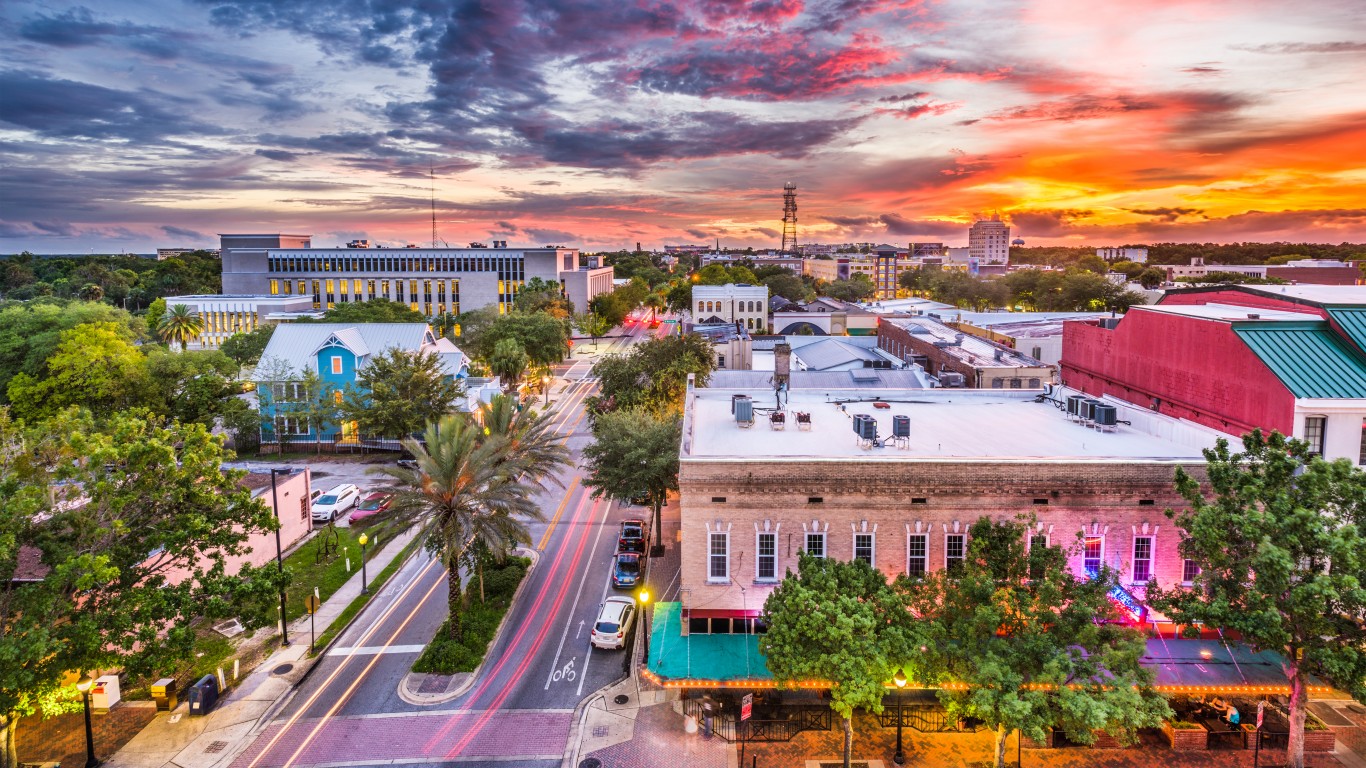
20. Gainesville, Florida
> Single population: 60.7%
> Total 15+ population: 235,118
> Annual personal income: $41,271
> Cost of living: 5.7% less than the national average
[in-text-ad]
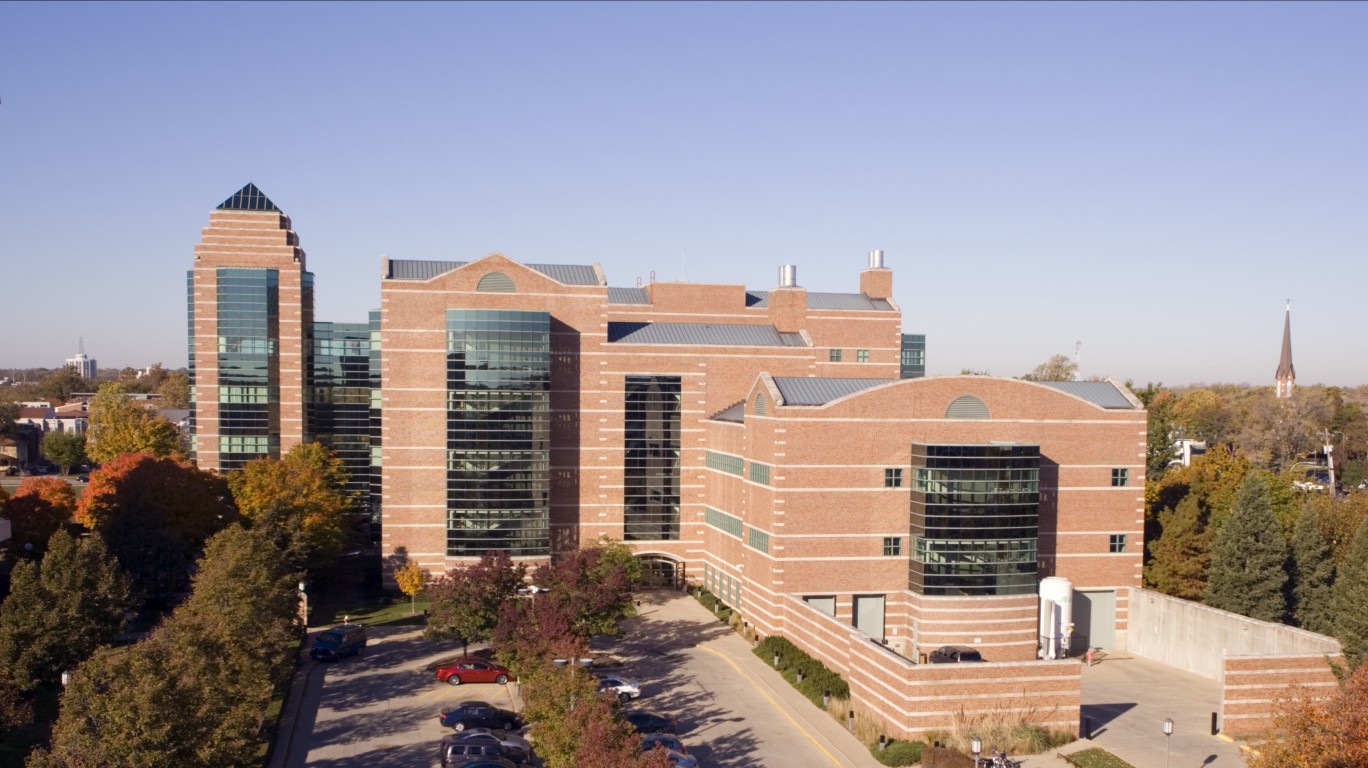
19. Champaign-Urbana, Illinois
> Single population: 56.6%
> Total 15+ population: 199,480
> Annual personal income: $45,510
> Cost of living: 6.3% less than the national average
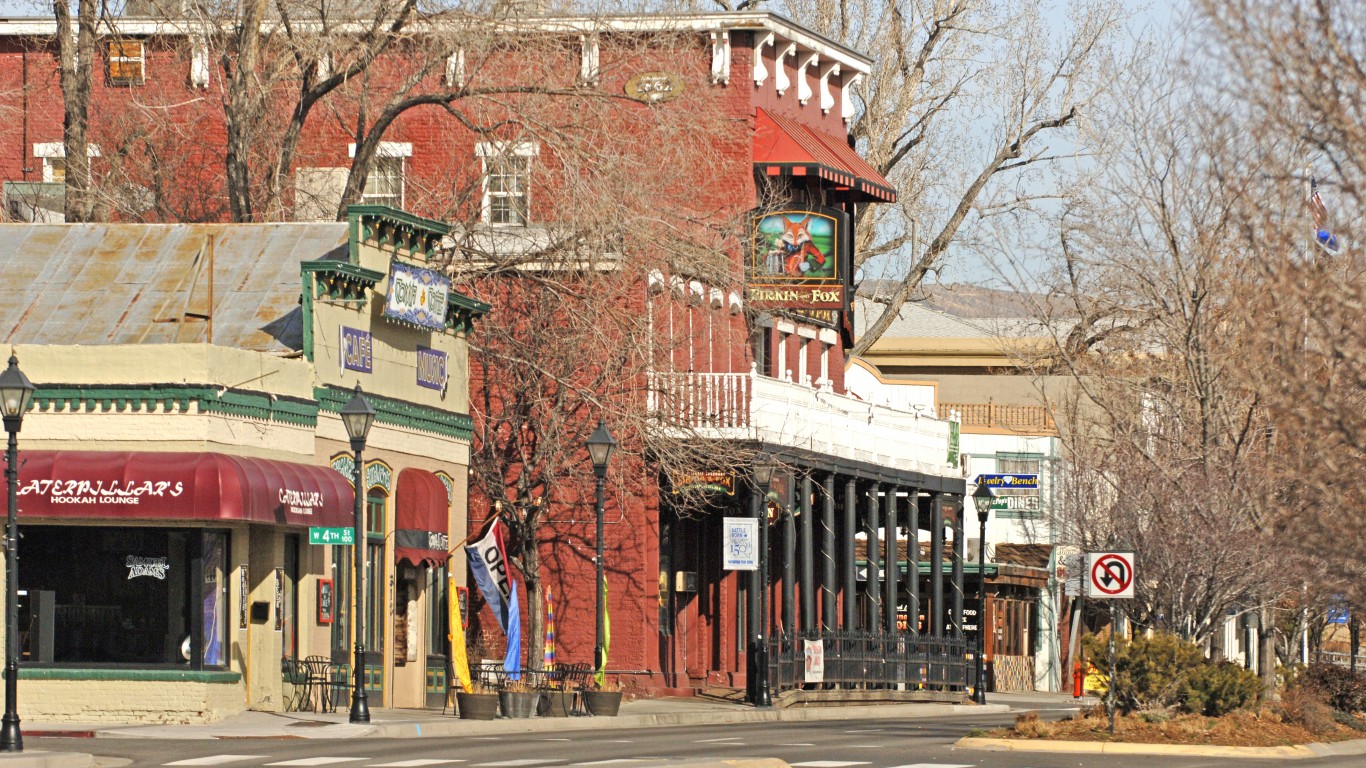
18. Carson City, Nevada
> Single population: 53.6%
> Total 15+ population: 45,014
> Annual personal income: $45,650
> Cost of living: 4.4% less than the national average
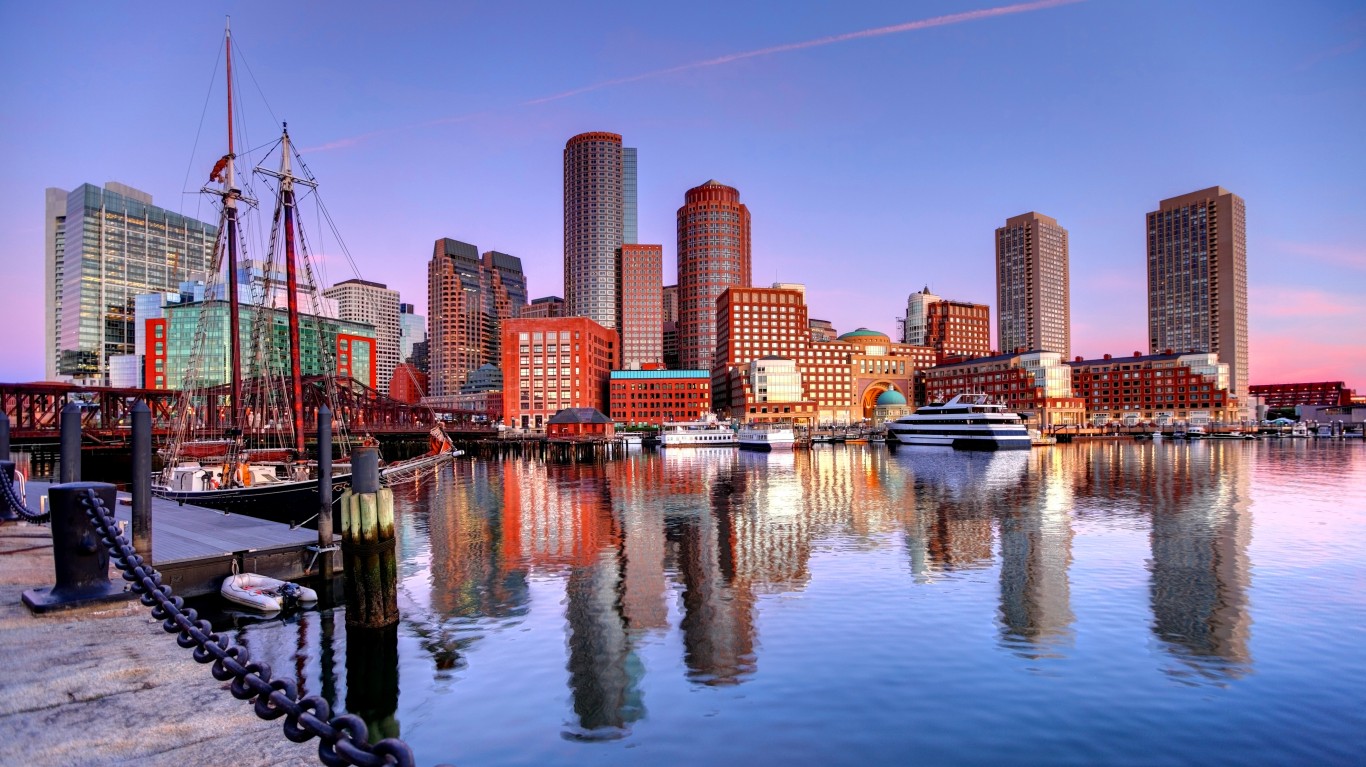
17. Boston-Cambridge-Newton, Massachusetts, New Hampshire
> Single population: 50.9%
> Total 15+ population: 3,974,482
> Annual personal income: $61,917
> Cost of living: 11.1% greater than the national average
[in-text-ad-2]
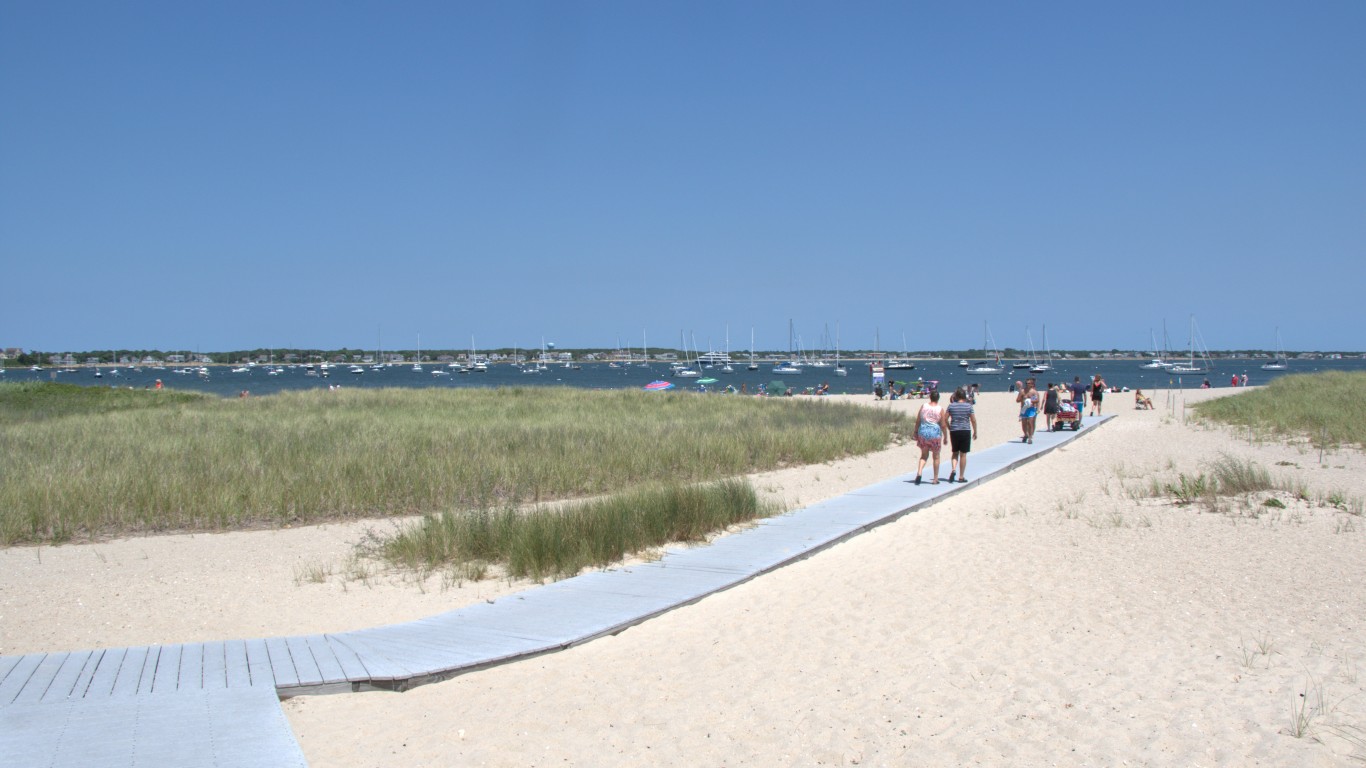
16. Barnstable Town, Massachusetts
> Single population: 45.4%
> Total 15+ population: 186,928
> Annual personal income: $62,732
> Cost of living: 3.9% greater than the national average
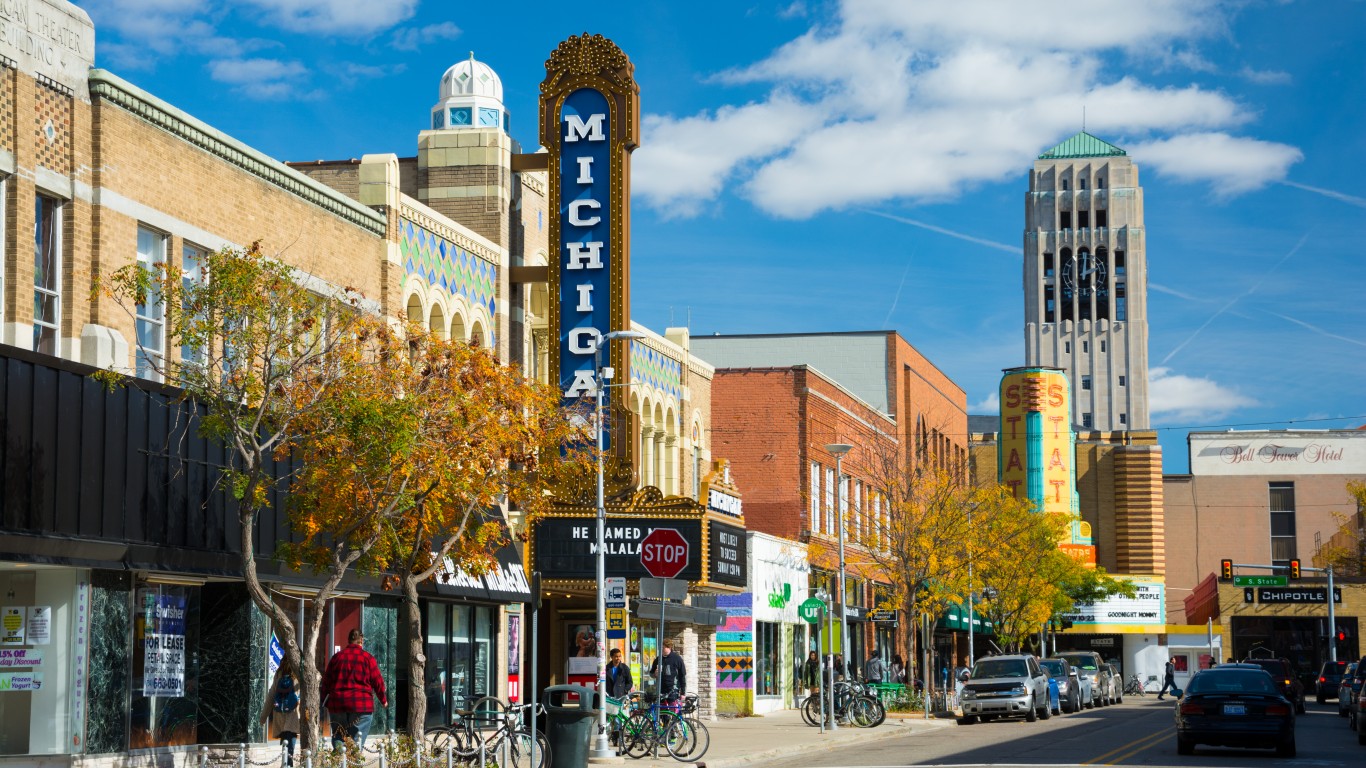
15. Ann Arbor, Michigan
> Single population: 55.4%
> Total 15+ population: 304,186
> Annual personal income: $51,508
> Cost of living: 1.8% greater than the national average
[in-text-ad]
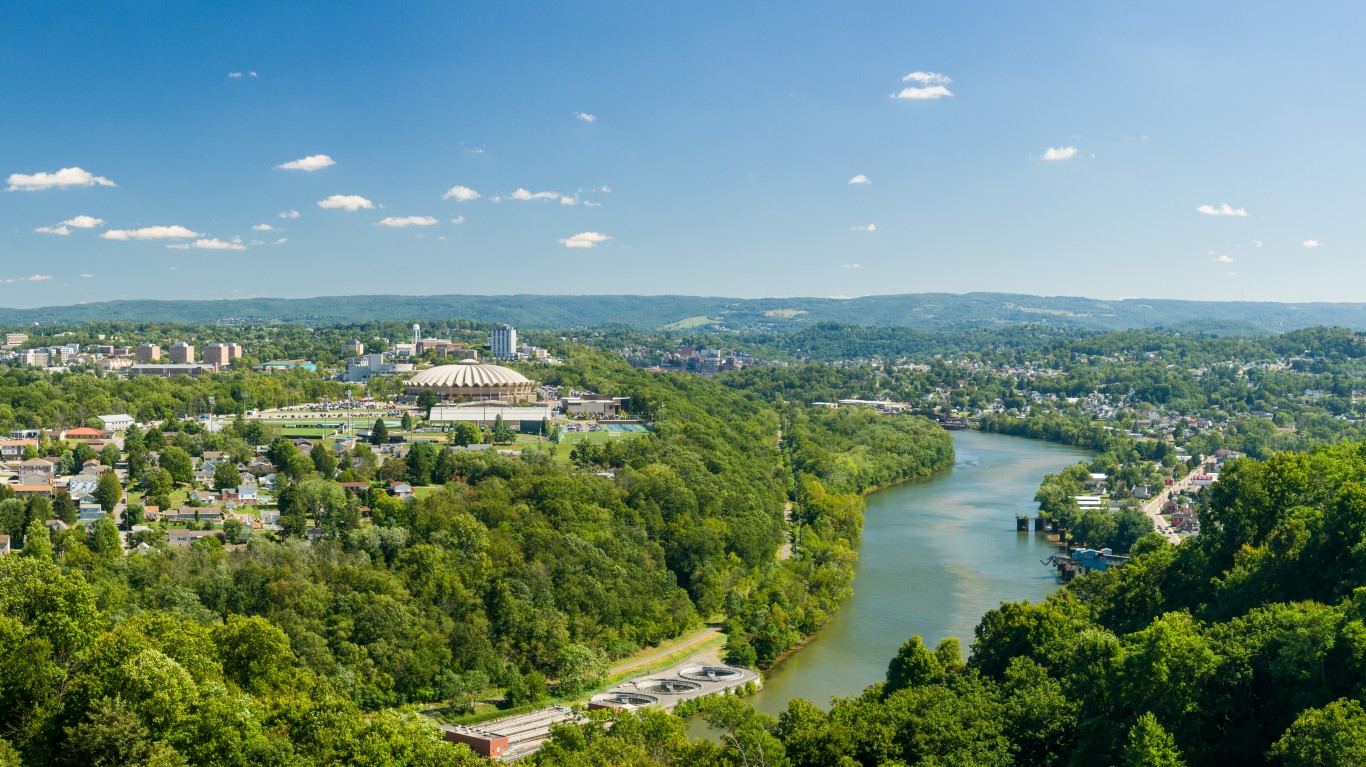
14. Morgantown, West Virginia
> Single population: 57.5%
> Total 15+ population: 117,710
> Annual personal income: $41,225
> Cost of living: 8.5% less than the national average
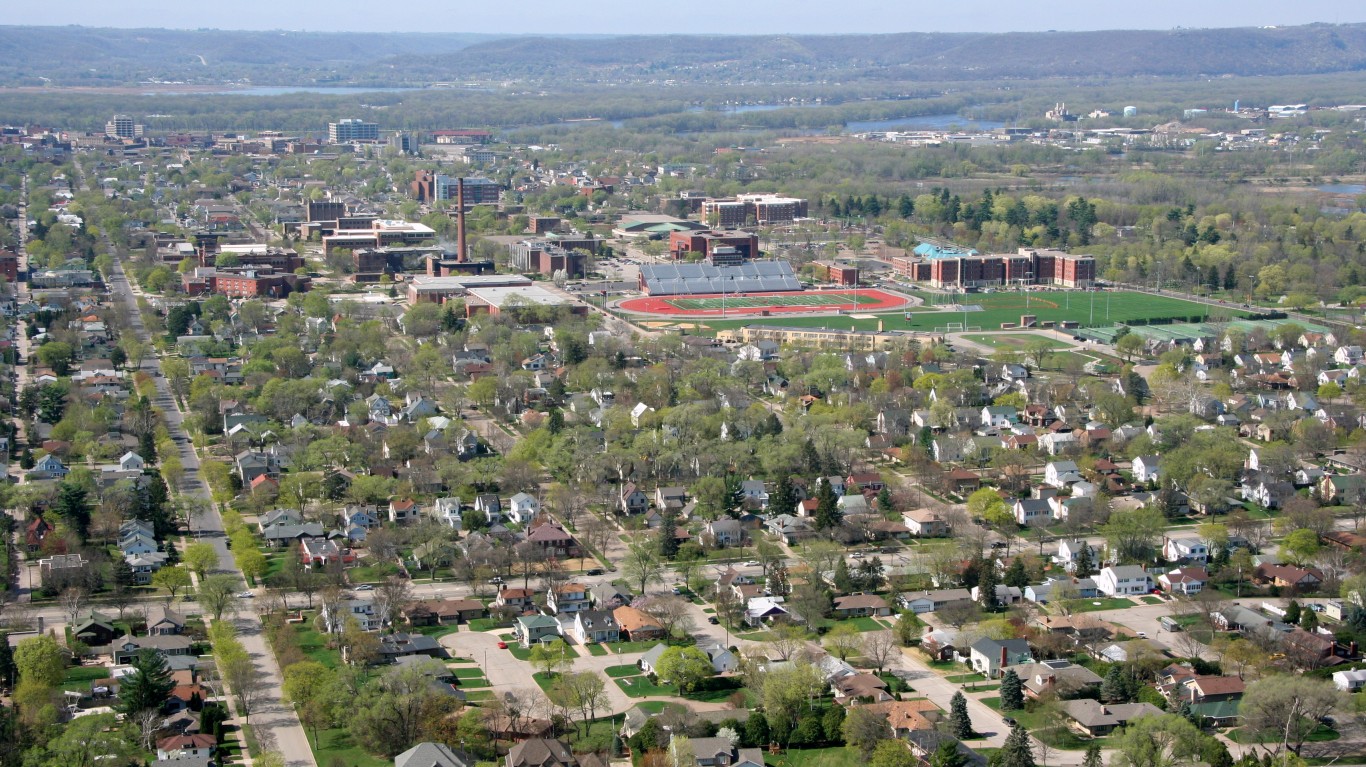
13. La Crosse-Onalaska, Wisconsin, Minnesota
> Single population: 50.4%
> Total 15+ population: 113,199
> Annual personal income: $47,898
> Cost of living: 6.9% less than the national average
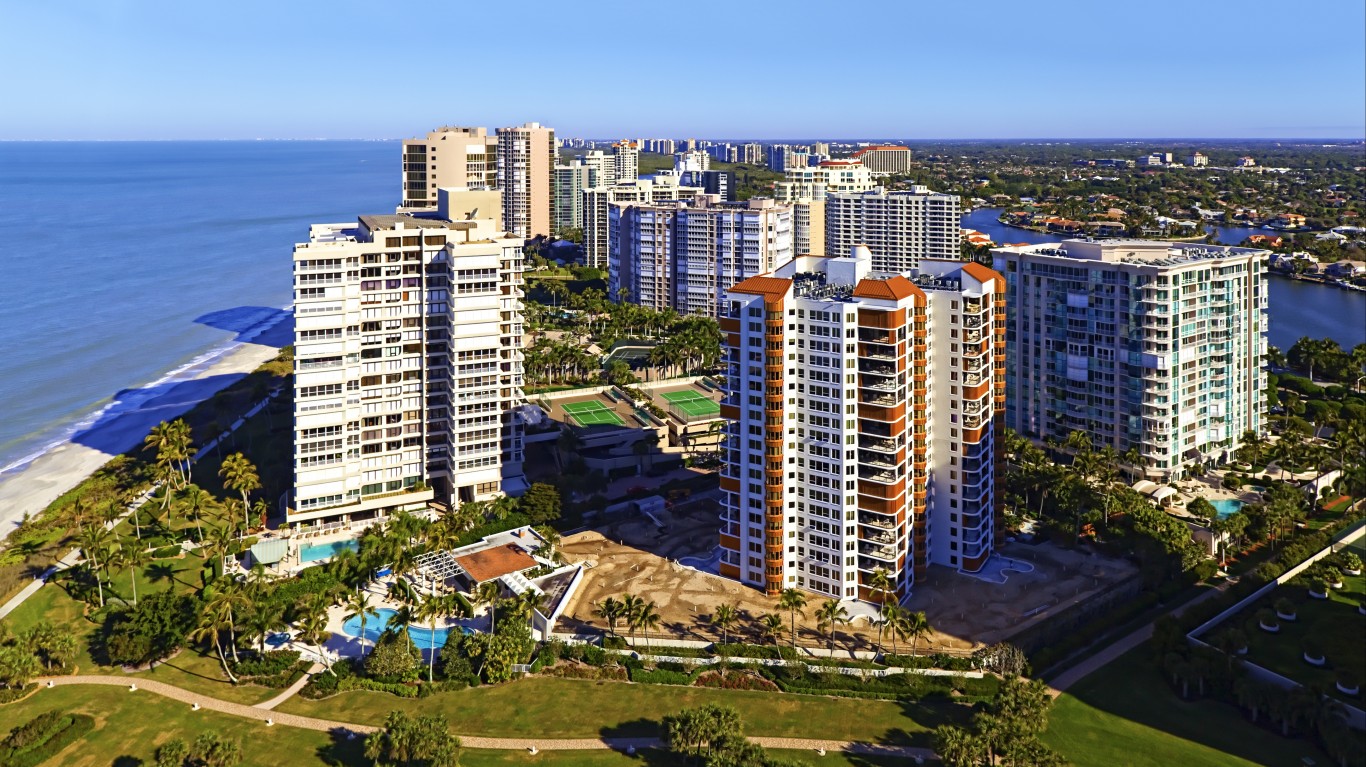
12. Naples-Immokalee-Marco Island, Florida
> Single population: 42.7%
> Total 15+ population: 303,964
> Annual personal income: $81,999
> Cost of living: 0.9% greater than the national average
[in-text-ad-2]

11. San Francisco-Oakland-Hayward, California
> Single population: 50.1%
> Total 15+ population: 3,857,163
> Annual personal income: $66,920
> Cost of living: 24.7% greater than the national average
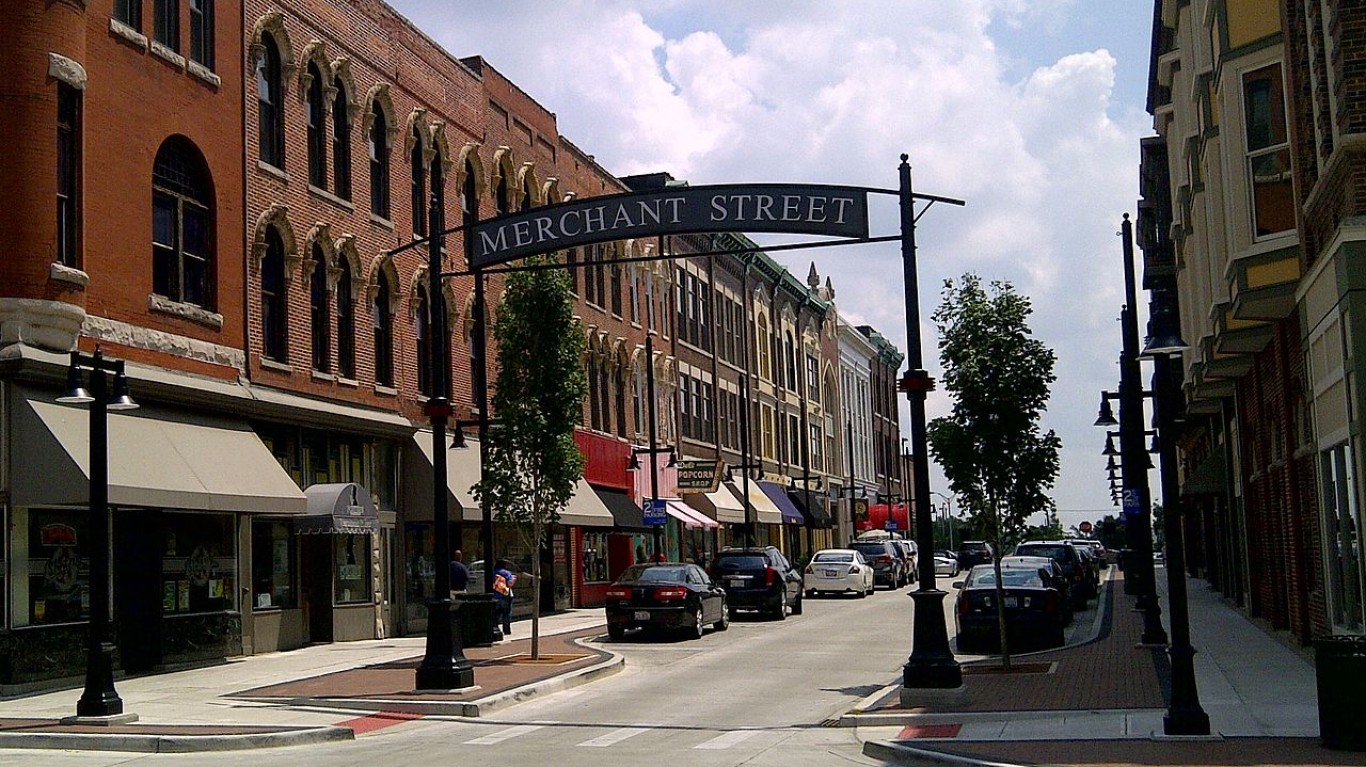
10. Decatur, Illinois
> Single population: 51.1%
> Total 15+ population: 87,584
> Annual personal income: $50,727
> Cost of living: 13.9% less than the national average
[in-text-ad]
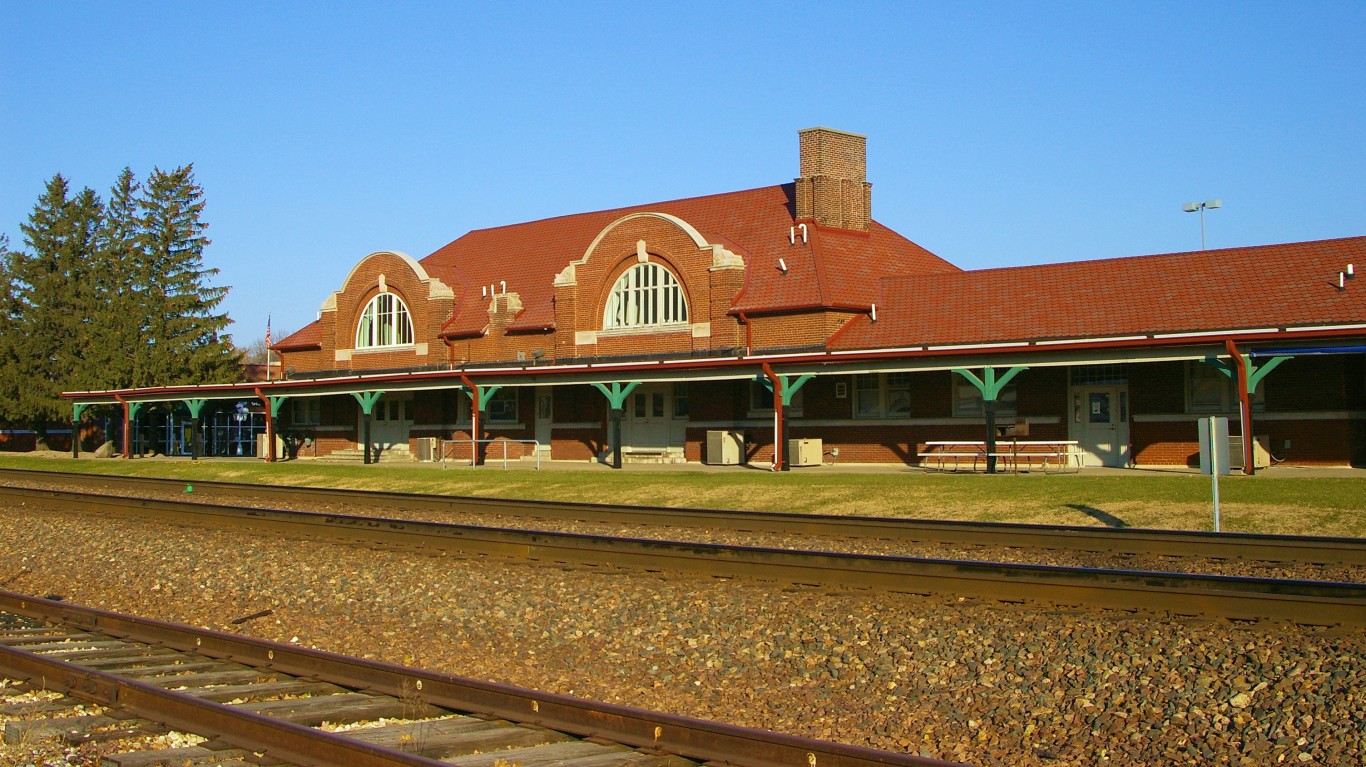
9. Ames, Iowa
> Single population: 58.6%
> Total 15+ population: 82,297
> Annual personal income: $41,189
> Cost of living: 8.4% less than the national average
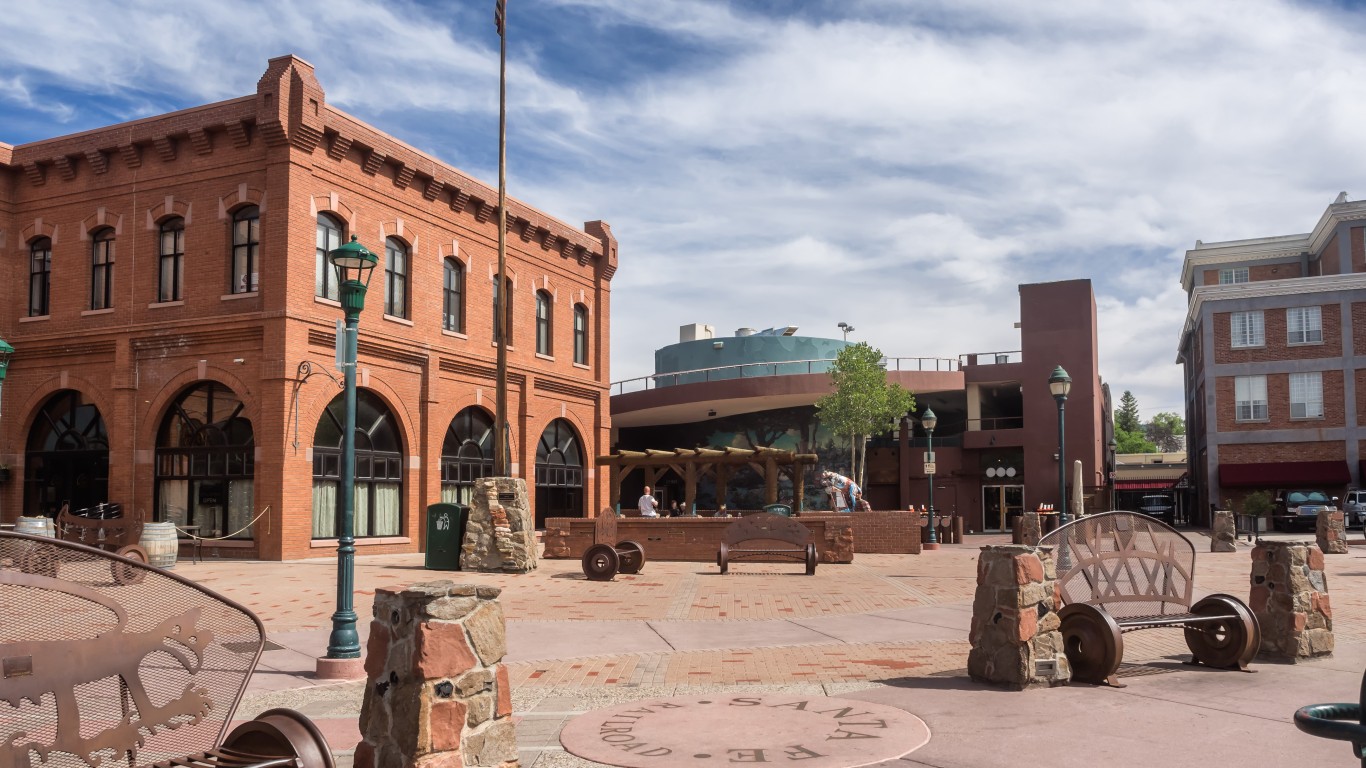
8. Flagstaff, Arizona
> Single population: 59.3%
> Total 15+ population: 114,041
> Annual personal income: $43,633
> Cost of living: 2.0% less than the national average
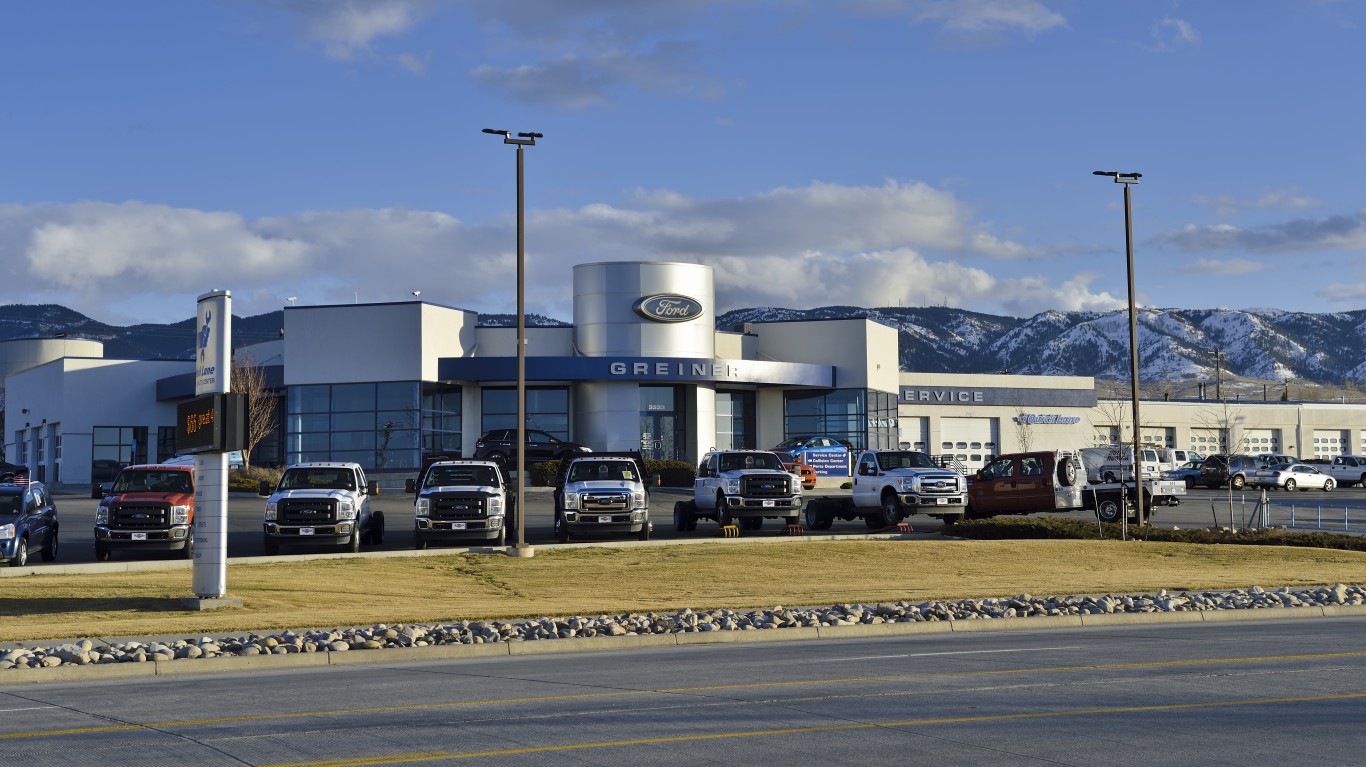
7. Casper, Wyoming
> Single population: 48.2%
> Total 15+ population: 64,509
> Annual personal income: $64,169
> Cost of living: 2.4% less than the national average
[in-text-ad-2]

6. Sebastian-Vero Beach, Florida
> Single population: 46.3%
> Total 15+ population: 127,348
> Annual personal income: $74,988
> Cost of living: 8.4% less than the national average

5. Lawrence, Kansas
> Single population: 59.1%
> Total 15+ population: 99,142
> Annual personal income: $41,897
> Cost of living: 7.3% less than the national average
[in-text-ad]

4. Boulder, Colorado
> Single population: 52.1%
> Total 15+ population: 264,762
> Annual personal income: $57,756
> Cost of living: 8.9% greater than the national average

3. Ithaca, New York
> Single population: 61.1%
> Total 15+ population: 91,517
> Annual personal income: $36,716
> Cost of living: 6.4% greater than the national average
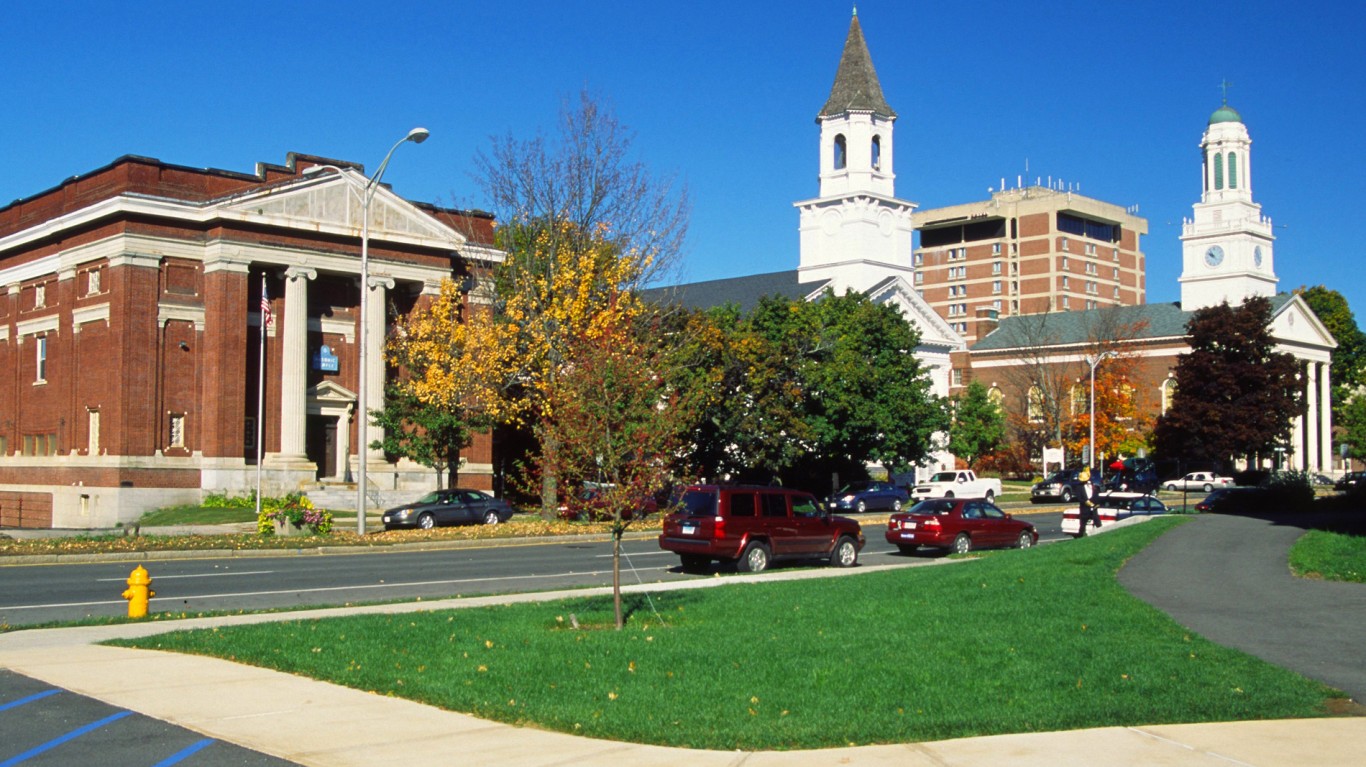
2. Pittsfield, Massachusetts
> Single population: 53.2%
> Total 15+ population: 109,746
> Annual personal income: $52,685
> Cost of living: 3.8% less than the national average
[in-text-ad-2]

1. Bridgeport-Stamford-Norwalk, Connecticut
> Single population: 47.6%
> Total 15+ population: 768,497
> Annual personal income: $85,718
> Cost of living: 20.1% greater than the national average
100 Million Americans Are Missing This Crucial Retirement Tool
The thought of burdening your family with a financial disaster is most Americans’ nightmare. However, recent studies show that over 100 million Americans still don’t have proper life insurance in the event they pass away.
Life insurance can bring peace of mind – ensuring your loved ones are safeguarded against unforeseen expenses and debts. With premiums often lower than expected and a variety of plans tailored to different life stages and health conditions, securing a policy is more accessible than ever.
A quick, no-obligation quote can provide valuable insight into what’s available and what might best suit your family’s needs. Life insurance is a simple step you can take today to help secure peace of mind for your loved ones tomorrow.
Click here to learn how to get a quote in just a few minutes.
Thank you for reading! Have some feedback for us?
Contact the 24/7 Wall St. editorial team.
 24/7 Wall St.
24/7 Wall St. 24/7 Wall St.
24/7 Wall St. 24/7 Wall St.
24/7 Wall St. 24/7 Wall St.
24/7 Wall St.


